The main difference between CPU, GPU, and TPU is in the tasks they are designed to perform. The CPU is designed to perform general-purpose processing while the GPU is optimized for graphical processing tasks. The TPU is designed to process complex neural networks with reduced power consumption and improved performance over the CPU.
Choosing the right processor for your computing needs can be difficult. Choosing the right option can be challenging since there are so many options available.
The three most popular types of processors are;
- CPUs (central processing units)
- GPUs (graphics processing units)
- TPUs (tensor processing units).
In this blog post, we’ll be taking a look at the differences between CPU vs GPU vs TPU. As well as their respective advantages and disadvantages. By the end, you’ll have a better understanding of which type of processor is best for you and your particular needs.
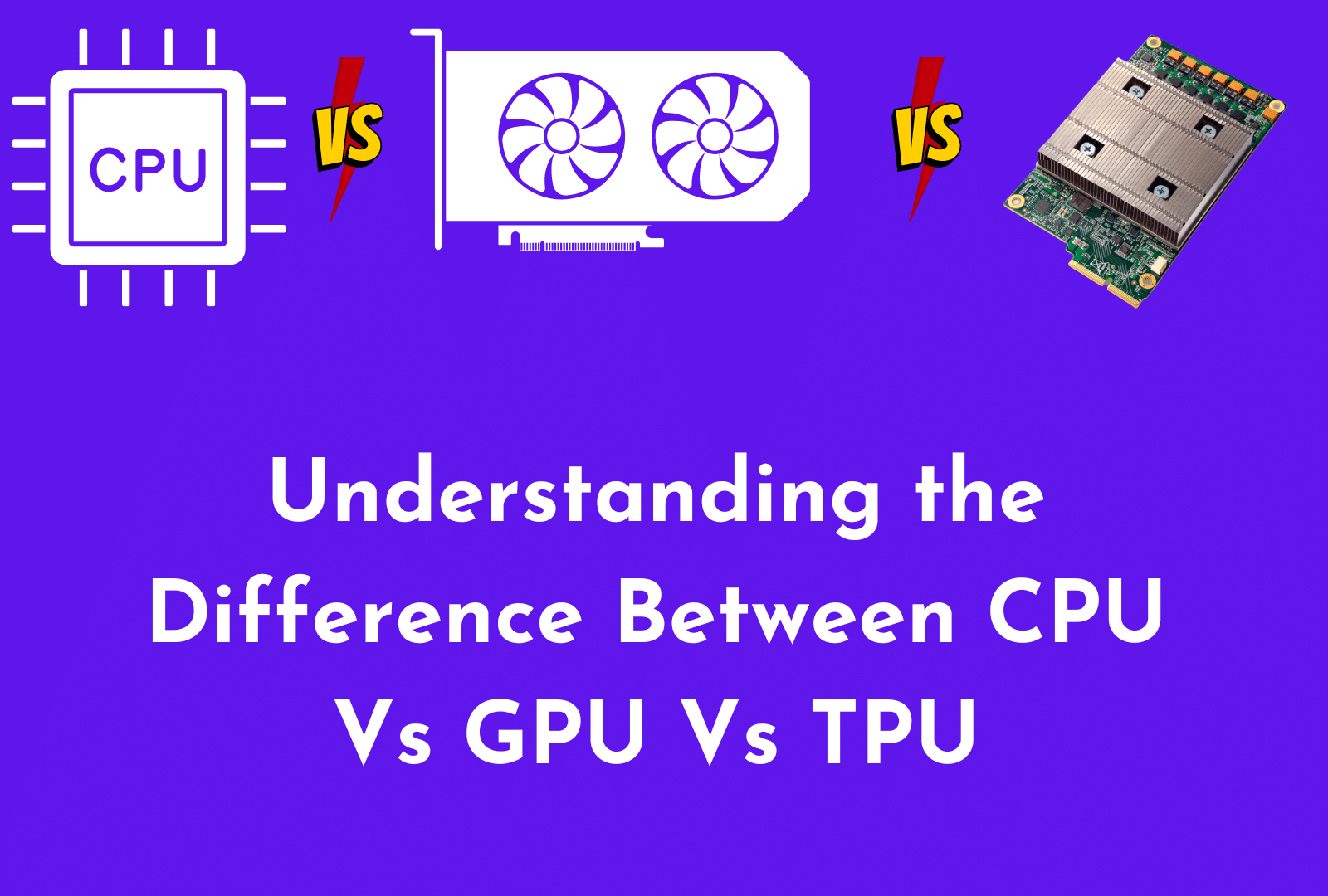
Understand the Difference Between CPU Vs GPU Vs TPU
CPU stands for Central Processing Unit and is the brain of the computer that runs all the programs. It is a general-purpose processing unit. It can do a wide range of tasks such as computing, rendering, and gaming.
GPU stands for Graphics Processing Unit. It speeds up the process of graphics rendering. It is a specialized processor that can handle complex graphics processing tasks faster than a CPU.
TPU stands for Tensor Processing Unit and is a type of processor used in machine learning models. It speeds up TensorFlow performance and other open-source libraries for deep learning algorithms.

The main difference between CPU, GPU, and TPU is in the tasks they perform. The CPU performs general-purpose processing. While the GPU optimizes the graphical processing tasks. The TPU processes complex neural networks with reduced power consumption. It offers improved performance over the CPU and GPU.
Thus, depending on the task at hand, one must choose between CPU, GPU or TPU accordingly.
Related Reading:
- What GPU Does PlayStation 5 have?
- How Long Do Graphics Cards Last?
- Graphics Card Ports Explained: HDMI, DVI, VGA, USB-C Virtual Link, Display Port
What is CPU? Understand Central Processing Unit!
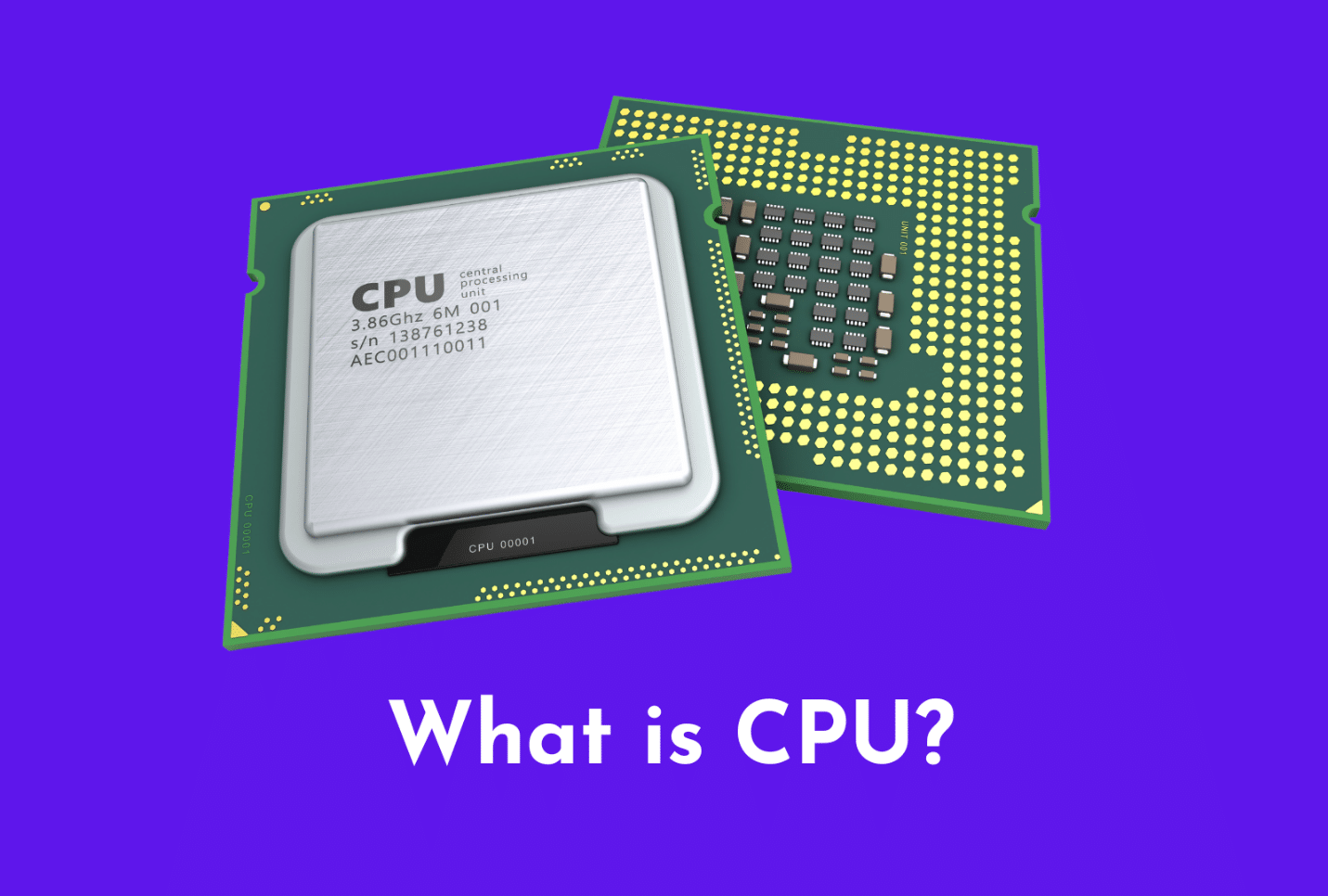
The Central Processing Unit (CPU) is a type of processing unit found in most computers. It handles the main calculations and instructions to run software and applications.
It is the main “brain” of the computer and it acts as the control centre for all the computer’s operations.
The CPU handles;
- Interpreting instructions
- Performing calculations
- Controlling data transfers
and executing other functions necessary for the system to operate.
CPUs have become more advanced over time. It allows them to perform increasingly complex tasks. These tasks include open-source machine learning platform, neural networks, and tensor processing.

CPUs are capable of performing a wide variety of tasks. Motherboards use it in conjunction with other components such as GPUs and TPUs to further increase performance.
By using a CPU to perform certain tasks, these other components have some free space to take on other tasks.
For instance, a CPU can handle basic calculations. Meanwhile a GPU can perform more complex operations like tensor processing or complex neural network operations.
Difference between CPU and other processing units
The difference between the CPU and other processing units is that it uses traditional arithmetic and logic to perform operations on data. This makes them ideal for operations that involve basic calculations.
The CPU is able to process information much faster than other processors and it consumes less power. This makes them ideal for basic applications such as spreadsheets and word processors.
Besides this, CPUs can also process tensor processing and complex neural networks. This is because they are capable of performing many instructions at the same time.
The CPU remains the most important part of a computer. As it handles driving all the other components of a system. It acts as the central processing unit which helps to make sure that the different components of a computer work thoughtlessly.
What is GPU (Graphics Processing Unit)?
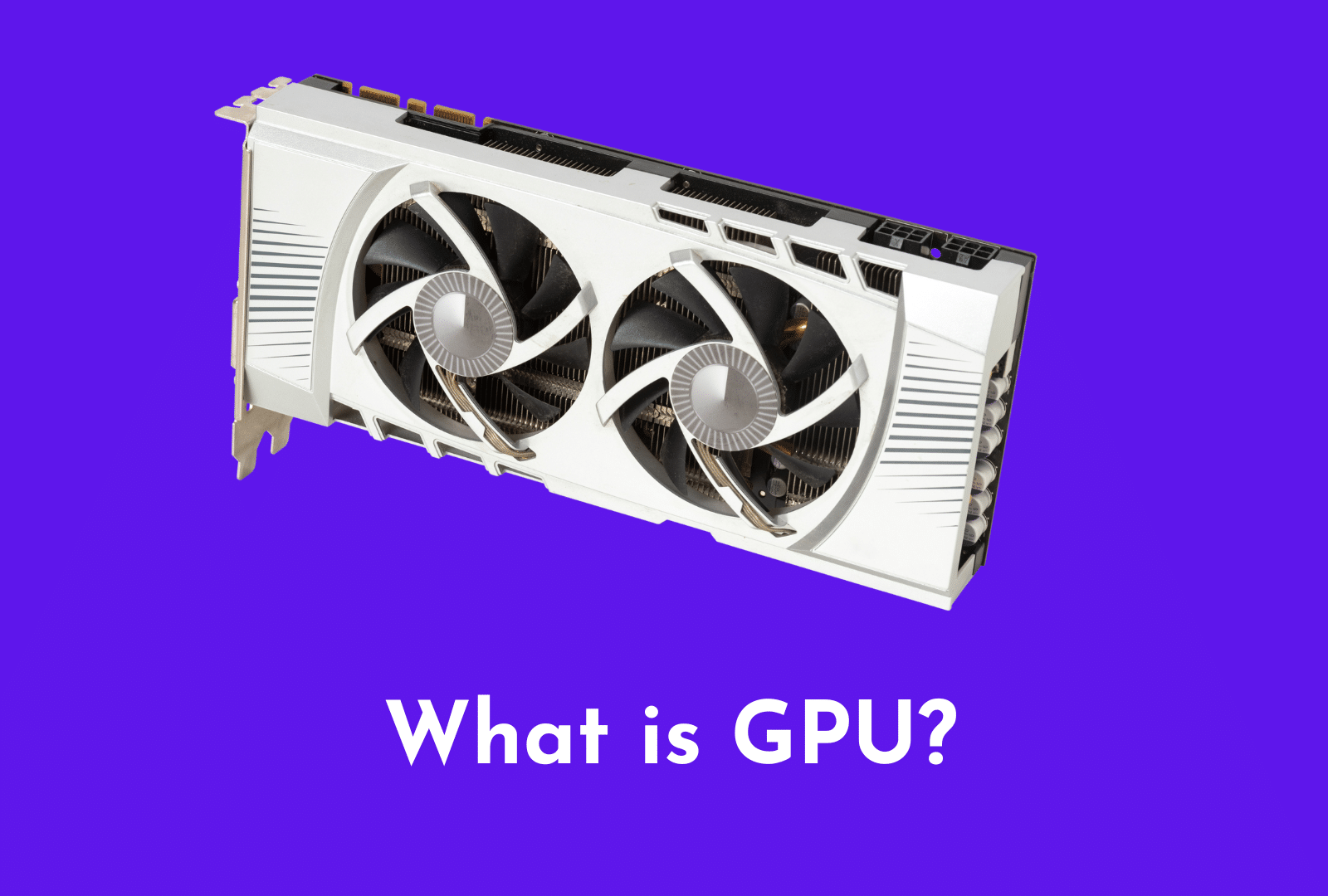
GPU stands for Graphics Processing Unit. It is a general-purpose specialized electronic circuit. Or we can say application-specific integrated circuits that is designed to process and render images and video.
People use it in the gaming industry for faster 3D rendering, but its uses have expanded beyond that. In recent years, the machine learning community has adopted the Nvidia Graphics card. The purpose it to speed up the training and inference of complex neural network models.
Difference between CPU and GPU
“The difference between CPU and GPU lies in their basic design. While CPUs are designed for the sequential processing of tasks. GPUs come with hundreds of cores and can handle thousands of parallel tasks.”
Another difference between CPU and GPU is that GPUs are better suited to quickly computing multiple tasks in parallel. While CPUs are better at sequential task execution. GPUs are also more power efficient than CPUs.
It makes them a better option for running neural network machine learning algorithms. Also ideal for performing many calculations simultaneously and quickly. Which is why it is an essential component of machine learning.
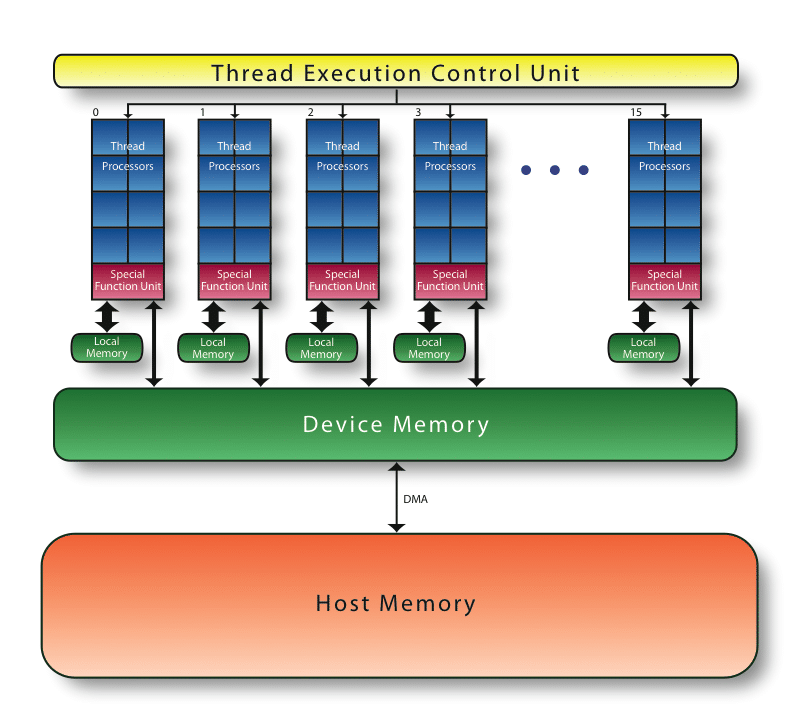
GPUs are also more power-efficient than CPUs. It means they can run more intensive computations while consuming less energy.
They can be used to perform tensor processing (an operation used in deep learning) much faster than a CPU core. It leads to improved performance when dealing with large datasets or complex neural networks.
Overall, GPUs provide an excellent option for machine learning applications that need faster processing times and low power consumption.
They are also great for carrying out complex operations. For example, image recognition, and natural language processing. In comparison to CPU, GPU is the preferred choice for most machine learning tasks.
Functions of GPU
- GPU, or Graphics Processing Unit, is a type of processing unit designed for handling graphics-intensive tasks.
- GPU is much more powerful than CPU when it comes to graphics processing, making it ideal for gaming, video rendering and more.
- GPU can also be used for machine learning applications, such as deep learning and neural networks.
With its greater processing power and energy efficiency, GPU can perform complex neural network operations with less power consumption than the central processing unit (CPU).
GPUs are generally faster than CPUs when performing tensor processing. Which is an important element of machine learning.
What is TPU?
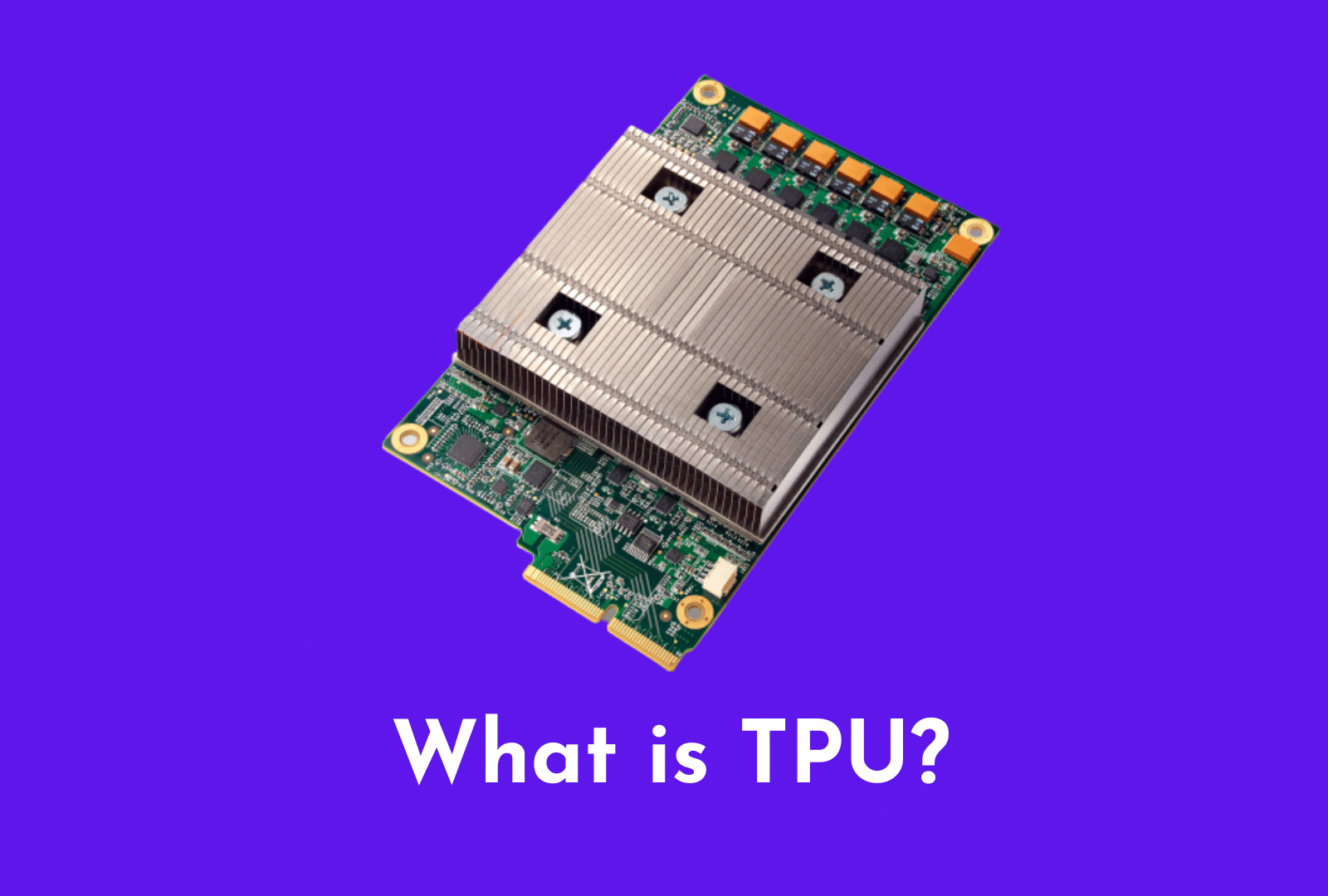
A Tensor Processing Unit (TPU) is a specialized type of processing unit. It is designed for performing machine learning and deep neural network tasks.
Google has developed TPU for its own use. But it is now available to any company or individual who needs advanced machine learning capability.
It is designed to be connected to a CPU or other processing unit. That allows it to take over complex neural network tasks, thus freeing up the CPU to perform other tasks.
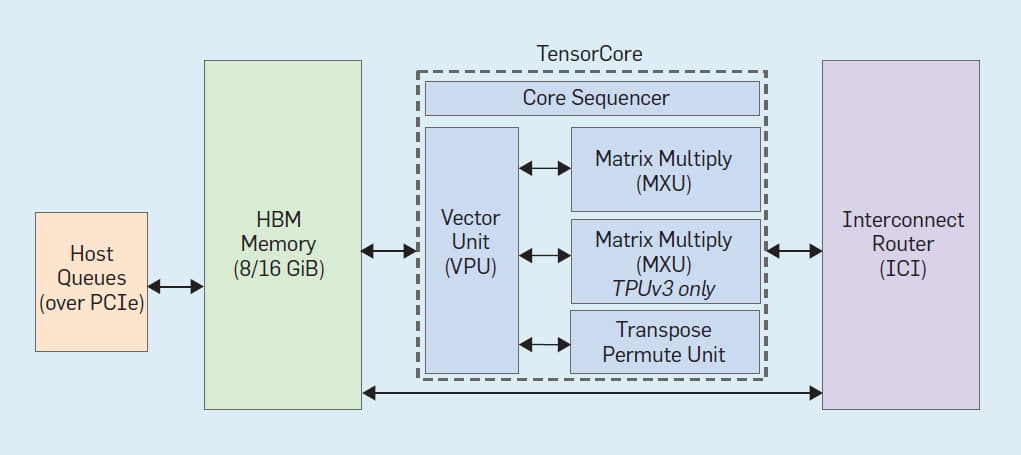
TPUs are Google’s custom-developed processors that are specifically optimized for tensor processing. They can handle a much wider range of mathematical operations than CPUs and need less power to operate.
They also allow for faster training of complex neural networks, while still consuming low amounts of power. This means they are much more efficient than traditional CPUs when it comes to performing machine learning tasks.
The difference between TPU with CPU and GPU
The difference between TPU with other components is that it offers improved performance with reduced power consumption.
TPUs are used in the advancement of intelligent applications, for mathematical operations, used in machine learning, such as matrix and vector calculations, linear algebra, and large and complex neural networks.
Functions of TPU
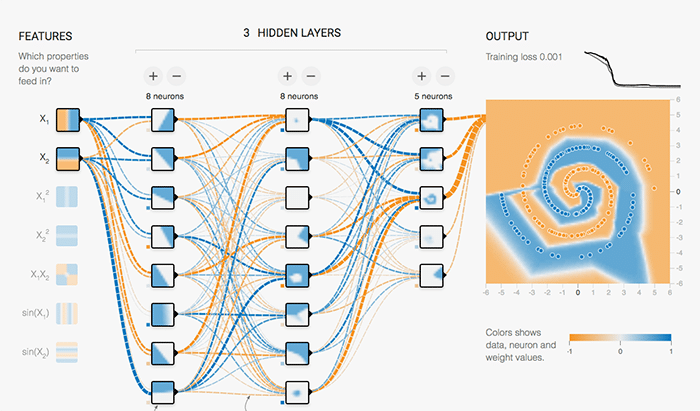
Tensor Processing Units (TPUs) have been developed to enable neural networks to learn faster. While also reducing the power consumption of the system.
TPUs provide a significant difference between the CPU and other processing units. As they are more suitable for complex neural network operations.
TPUs help CPUs to perform complex tasks quickly and efficiently, such as training and executing neural networks.
This type of processing unit allows a CPU to offload computationally intensive tasks from the main processor. Thus increasing performance and reducing power consumption. It also enables a CPU to perform tasks like machine learning at a much higher rate than traditional CPUs.
TPUs are composed of many small cores that can process tensors (data structures used in machine learning) much faster than a CPU. This means that tasks involving complex neural networks can be handled by TPUs much faster than traditional CPUs.
Additionally, TPUs provide better power efficiency compared to other processing units. Since they use lower voltage and consume less energy.
CPU Vs GPU Vs TPU – Which is better?
|
CPU |
GPU |
TPU |
|
Several core |
Thousands of Cores |
Matrix based workload |
|
Low latency |
High data throughput |
High latency |
|
Serial processing |
Massive parallel computing |
High data throughput |
|
Limited simultaneous operations |
Limited multitasking |
Suited for large batch sizes |
|
Large memory capacity |
Low memory |
Complex neural network models |
It is important to understand the difference between CPU, GPU, and TPU when trying to figure out which of these processing units is better for a particular task.
To determine which one is the most suitable for your needs, it is essential to consider how they work and their respective strengths and weaknesses.
CPUs are best suited for applications that require sequential tasks. Like executing instructions in a linear order, such as word processing or web browsing.
A GPU (Graphics Processing Unit) is designed to efficiently process graphics-intensive tasks. GPUs are commonly used to render realistic images and 3D scenes in games. But they can also be used to run complex neural networks or handle heavy computing workloads for scientific or machine learning applications.
Unlike CPUs, GPUs are made up of several cores, each of which can handle multiple instructions simultaneously. This makes them more powerful than CPUs when it comes to performing complex operations quickly.
A TPU combines traditional processing capabilities with unique tensor capabilities. It makes it ideal for the training and inference of deep learning models.
Compared to CPUs and GPUs, TPUs have much higher levels of performance per watt, making them more power efficient.
When deciding which of these processing units the best for your task is, it depends on the nature of the task and the power consumption required.
If you need to process complex neural networks or perform complex computations then a TPU would be the best option. As it is designed specifically for this purpose.
But, if your application requires simple calculations then a CPU would be more suitable. The reason is its lower power consumption.
GPUs provide a good balance of both computing power and power efficiency. And can be used for tasks ranging from gaming to scientific computing.
